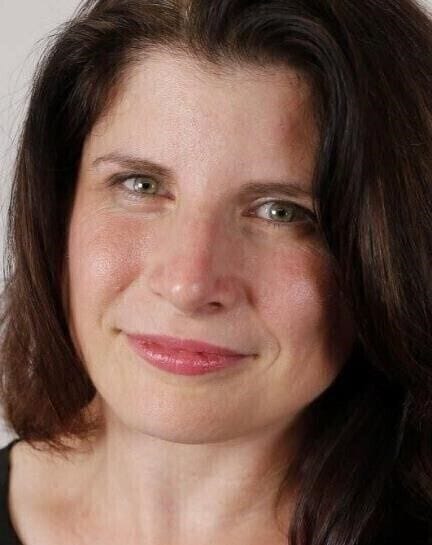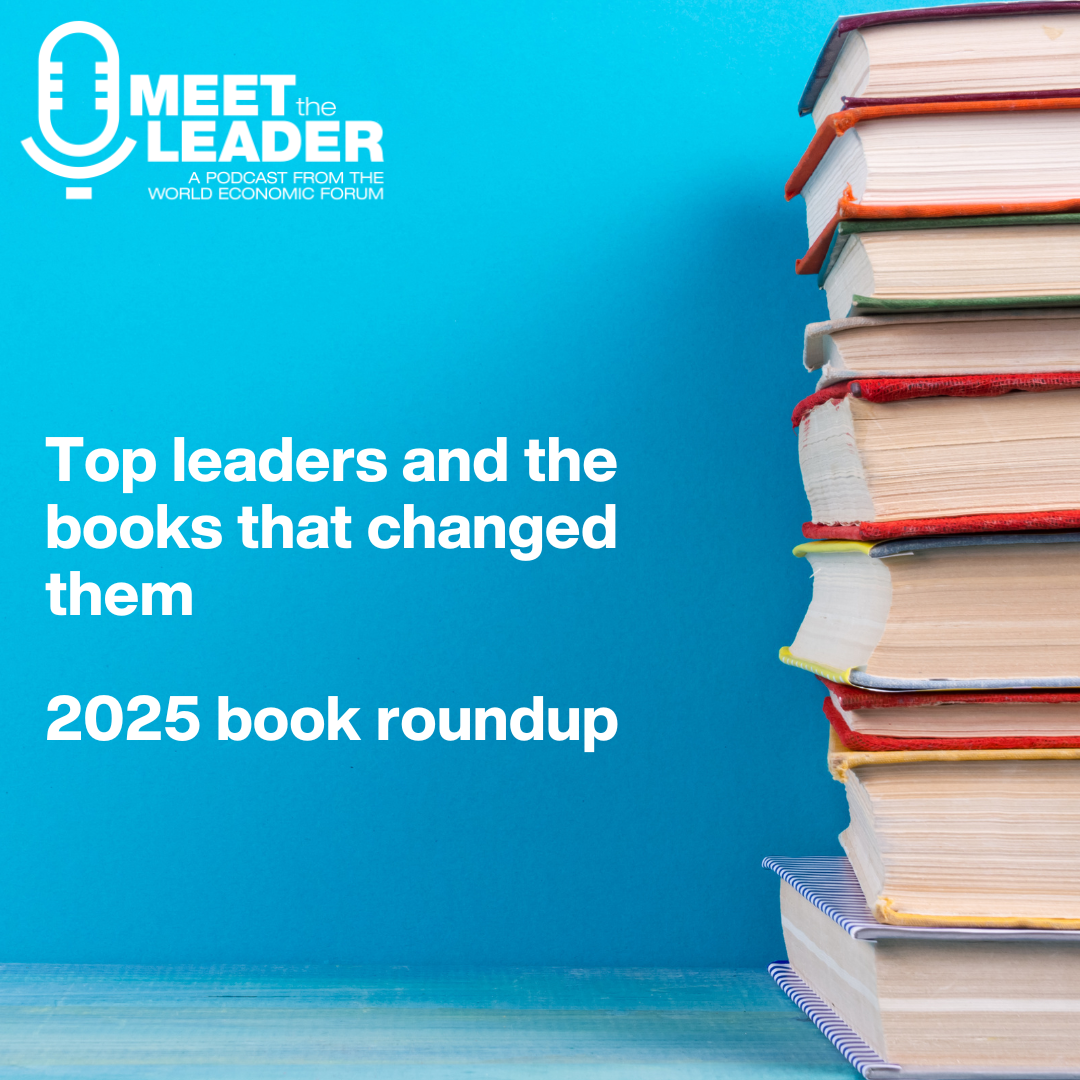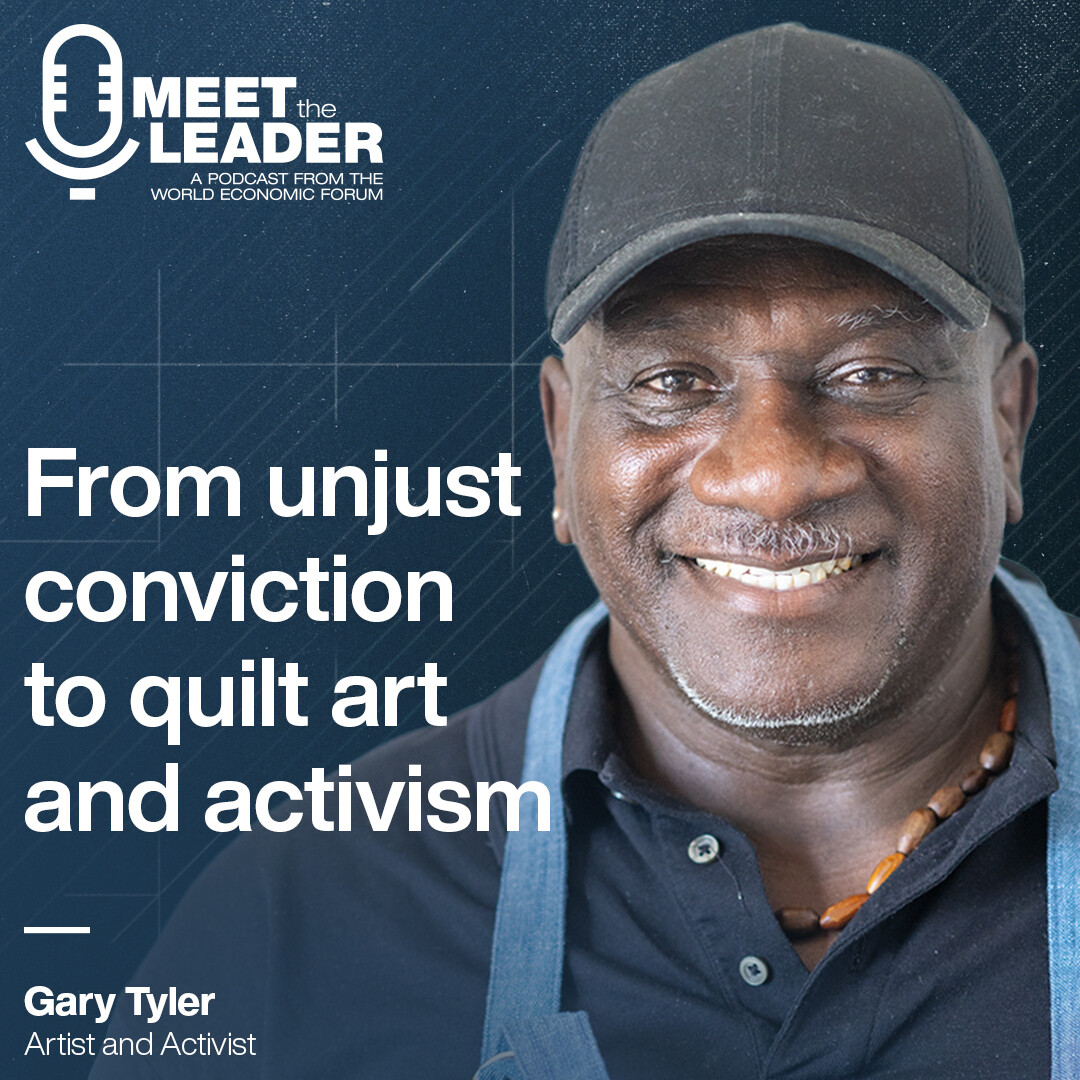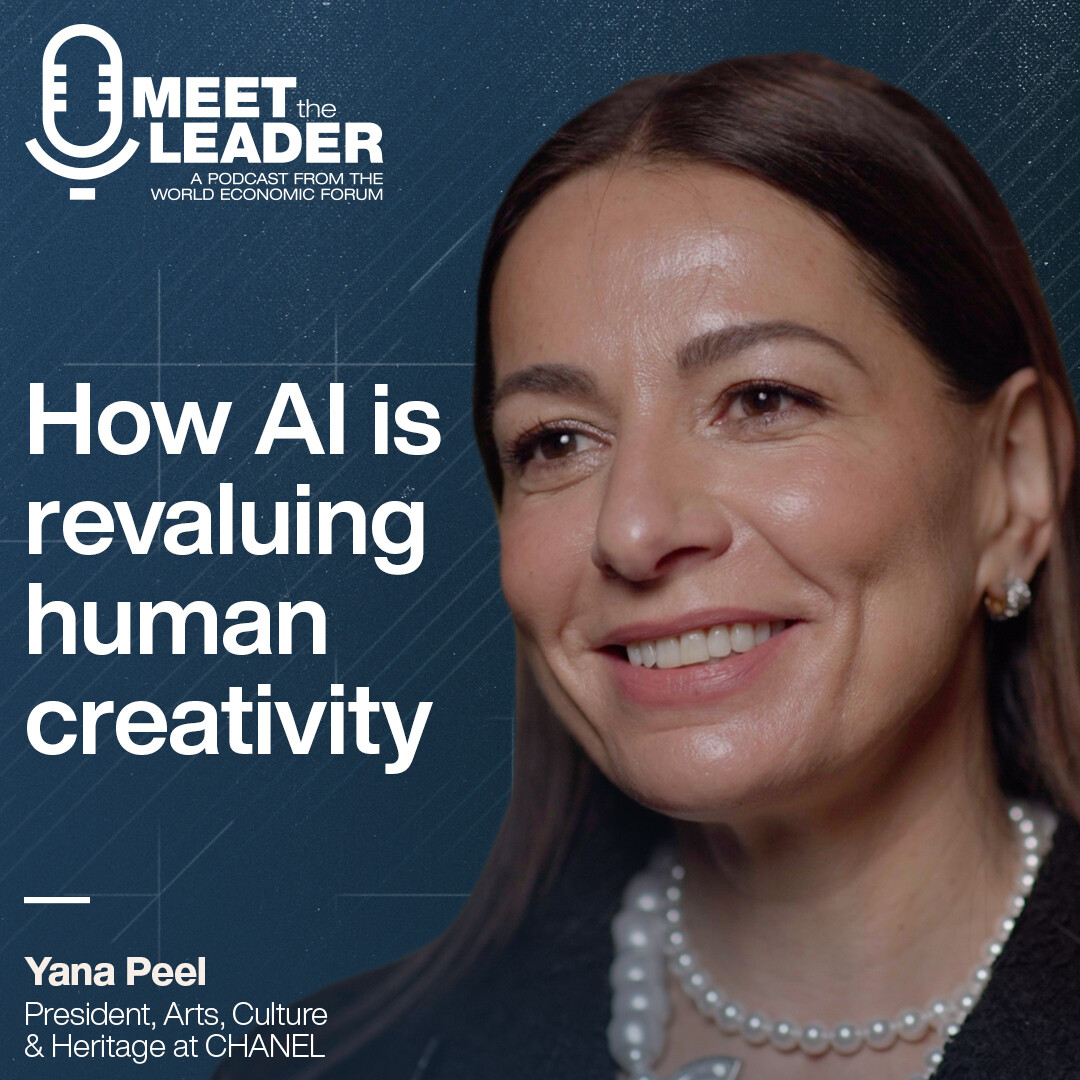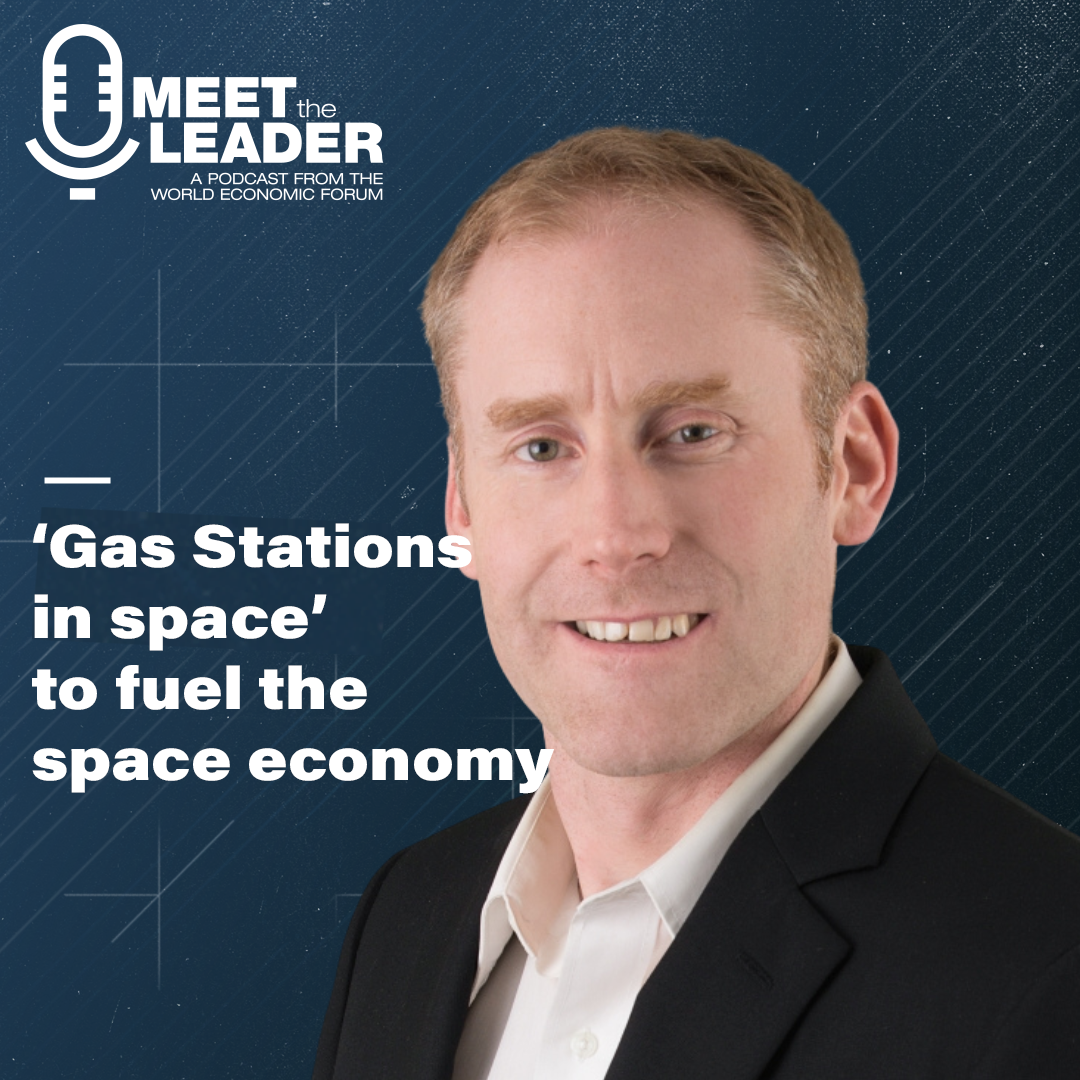Speak last, lean on your team, and one CEO's other top lessons learned
Norsk Hydro was founded nearly 120 years ago to tackle global famine. Today it’s retooled to take on a bigger challenge: climate change. The company focuses on low- and no-carbon aluminium, a material that will be key in electric vehicles, construction and comprises 2% of emissions. CEO Hilde Merete Aasheim shares the unique technologies and partnerships that are helping to drive a green energy transition. She also takes us through her unique path to the top job, one that has spanned a range of roles, from plant manager to auditor to HR leader. She shares how seemingly unrelated roles can help you better understand yourself and how you can contribute as a leader.
ポッドキャスト・トランスクリプト
Hilde Merete Aasheim, Norsk Hydro As a leader, you are not alone. You should use the full potential of your team.
Linda Lacina, Meet The Leader Welcome to Meet the Leader, a podcast where top leaders share how they are tackling the world's biggest challenges.
In today's episode, we talk to Hilde Merete Aasheim about new technologies for the climate and the surprising lessons that have shaped her as a leader.
Subscribe to Meet the Leader on Apple, Spotify and wherever you get your favorite podcasts. And don't forget to rate and review us. I'm Linda Lacina from the World Economic Forum and this is Meet the Leader.
Hilde Merete Aasheim, Norsk Hydro I don't speak first. When we discuss, I would like to hear around the table, what is your views? Because if I speak first, then it's all done.
Linda Lacina, Meet The Leader Norsk Hydro was founded more than 100 years ago in response to crisis. Thanks to the industrial revolution and health advances, the world saw a population boom in the 19th century. It also saw famine. Land struggled to support the food production that swelling populations desperately needed. To tackle this, a group of engineers and scientists in Norway developed a technology to produce industrial nitrogen fertilizer. It was the first of its kind, and it helped to combat global starvation. That technology paved the way for Norsk Hydro.
The company continues to use technology to combat the biggest challenges of our time. But today, its focus is climate change. Norsk Hydro has evolved into an aluminium and energy company, and it is working on the creation of low and no carbon aluminium. That's a material that can have a big impact on the years ahead, as it's critical for both electric vehicles and energy efficient homes, and also comprises 2% of all emissions.
I had the chance to talk to Hydro's CEO, Hilde Merete Aasheim, about the important role that aluminium can play in tackling climate change, all at the Annual Meeting in Davos this past January.
She also talked to me about her varied background, including her first job at a bakery and what her first boss taught her about keeping people motivated and giving good feedback.
She also talked about her varied professional career, one that has spanned a range of disciplines from plant manager to auditor to HR leader, and how anyone can use skills from seemingly unrelated roles to better understand themselves and to be a more effective leader in any organization.
We'll get into all of that, but first, she'll tell us a little bit more about the surprising and critical role that aluminium can play in tackling climate change, and why it's so important.
Hilde Merete Aasheim, Norsk Hydro Aluminium is a fantastic material, and it's important for the green shift. More and more aluminium is going into electric vehicles because aluminium is lightweight. It goes into building a construction industry in the sense that aluminium is easily formable and helps to make the buildings more energy efficient. And we see also now more and more aluminium going into the energy shift in terms of cables, in terms of solar panels as well as windmills. So it's really a critical material for this green shift that we are all part of.
Linda Lacina, Meet The Leader And what sort of challenges are ahead for the sector?
Hilde Merete Aasheim, Norsk Hydro Yeah, it matters a lot how aluminium is produced, because aluminium stands for 2% of the world's CO2 emissions. And that is what we as aluminium and energy producer at Hydro is targeting. We want to change the game for aluminium, and we are chasing the CO2 from the box side to the finished product. So our goal is to be the pioneer in the green aluminium transition by producing low carbon and eventually zero carbon aluminium.
Linda Lacina, Meet The Leader I want to talk a little bit about a solution that you guys were recognized for at this year's COP. It's a special technology, and it's a pioneering work on a green aluminium. Tell us a little bit about it.
Hilde Merete Aasheim, Norsk Hydro Well, to produce the primary aluminium we produce through electrolysis and the technology that the whole aluminium industry is using today has been used for 130 years. But it comes with a carbon emission because it's an anode that sits in the pots which produce aluminium, but it also produces CO2. So the challenge is to get the carbon out of the processes.
And here Hydro is pursuing two paths. One is carbon capture a technology. But then it's the HalZero which we were awarded for at the COP 2028 in Dubai. And this is a process that keeps the CO2 in the loop. Hopefully we will be able to produce primarily aluminium, carbon free.
Linda Lacina, Meet The Leader If we were able to scale this further. What would the before and after be, maybe in 2050?
Hilde Merete Aasheim, Norsk Hydro Well, hopefully we will be able to produce aluminium, a carbon free. But there is one caveat with that. The technology itself takes care of the carbon from the production itself. But to produce carbon free you need renewable energy. The most important is the energy source to produce aluminium carbon free. And today the aluminium is produced with a quite high proportion of using coal and also gas. But the only way to get to zero is through renewable energy.
Linda Lacina, Meet The Leader There's also a variety of other technologies that Hydro has. You take us through them. Just so we have a sense of the scope and sort of the potential that's out there.
Hilde Merete Aasheim, Norsk Hydro Well, what we are doing is that we are chasing the CO2 from the beginning of the process, which is about binding bauxite and then to produce alumina. We are now right in the energy shift of going from coal and heavy oil to gas and electricity. That's an important part of getting to zero. Then you have the electrolysis which I just mentioned. We are pursuing two paths. One is carbon capture and storage and the other is the HalZero.
Then we also have carbon from the logistics. So here we work with partners like Maersk and others to transport our products on ships that are carbon free. And then when we cast our liquid metal, we also are pursuing our opportunities in terms of replacing natural gas with hydrogen, with plasma technology and also biomaterials. So we have a number of initiatives in terms of getting all the way to zero.
Linda Lacina, Meet The Leader And you talked about partnerships. Partnerships are going to be really, really critical for all kinds of new progress to be made. And a new approach to partnerships is going to be very special. Can you talk a little bit about some of the things that you've been doing with either Volvo Group or Mercedes and Porsche? What's unique about those, how they're structured that maybe other people can learn from?
Hilde Merete Aasheim, Norsk Hydro Well, that is a really exciting. I've been in the industry for 40 years and I find this very interesting. We are doing our utmost to get the carbon out of our processes. We allocate a lot of CapEx, so capital, to the technology development and to eventually build a new plants in order to produce zero -- carbon free. But we need to have a market. We need to develop a market. What is interesting with these partnerships is that I have met the CEO of Mercedes Ola Källenius. I have met Martin Lundstedt, in Volvo. Well, we share the same vision about being an enabler for the green shift to to save the planet. And here we connect in the sense of, as Mercedes is saying, they going from a fossil fuel car to an electrical vehicle, take the fossil fuel out.
But if these electrical vehicles should be produced with materials that have a high carbon embedded, then that is not a sustainable solution. So they're looking for producers that can produce these materials with as low carbon content as possible. And here we have a match.
Mercedes will partner up with us because we can deliver low carbon and eventually a zero carbon aluminium. The same for Volvo. So I find this very exciting. And this is also part of the First Mover -- Volvo and Hydro's partnership is part of the First Movers Coalition in World Economic Forum, where we meet the demand and the suppliers that are able to fill that demand for low carbon materials. So this is very exciting.
Linda Lacina, Meet The Leader Hydro is more than 100 years old. What are some of the changes that need to be in place to kind of get it ready for maybe the next hundred years?
Hilde Merete Aasheim, Norsk Hydro Well, we are very proud of our legacy of 118 years, and Hydro has been all the way in industries that matters. We we started off in 1905. At that time, the population that in the world was starving. And Hydro found a way to produce fertilizers. So taking the nitrogen out of the air, then hydro was part of the exciting time with the oil and gas industry at that time. And now Hydro is in an industry that matters, which is about aluminium. We have set ourselves the target of being the pioneer in the green aluminium transition, changing the game for aluminium. And I find that very exciting.
Linda Lacina, Meet The Leader If you hadn't made that shift, what would have been the result for the company's trajectory?
Hilde Merete Aasheim, Norsk Hydro Well, I think that being bold in the sense of being a pioneer, it's about taking the destiny for the future because eventually our stakeholders, the investors, the customers, and our own employees, will not invest in the company, will not come to the company and ask for like we have done with Volvo and our our own employees will not work for Hydro if we are not in the front, if we are not part of the solution. So I find that also very exciting to engage the whole Hydro organization, 32,000 people, now working on the same agenda to work on reducing our carbon footprint.
But it's not only about carbon footprint, it's about minimizing our effect on nature. The world now is to be nature positive.
And the third part, which I also focus a lot on, is that we are part also of a just transition. So that we are good. We are good citizens in the local communities where we operate, that people like that hydro is there, that we are considered to be good for the society.
Linda Lacina, Meet The Leader I want to talk a little bit about your background. You had a number of jobs in your career, but you had a very early job at a bakery when you were young, and you've said in the past that it shaped how you lead and how you kind of get people engaged. Can you tell us a little bit about this job and what happened there that that stuck with you?
Hilde Merete Aasheim, Norsk Hydro Well, that was a job that I got when I was like 14, 15 years old. And I was at the shop floor making the cakes for the day. And, and we were working in a team. I had to go up at 6:00 in the morning.
But what I learned the most was to look at the CEO of the bakery. He was not a CEO like me. But he was out there on the floor. And he was very engaged in his people and also us that come there to work for the summer and for the for the weekends. I learned a lot about that. It's actually all about people. It's about engaging and inspiring people. Giving feedback. Applauding the results that we were able to create for the day, that we actually were able to deliver all the orders. And I learned a lot about what leadership is about in terms of engaging, of inspiring, of bringing everybody along.
Linda Lacina, Meet The Leader You stayed at that bakery for many years and you came back even as you got older. What are the tells that a leader is engaging people and people are having a good experience? You know, everybody hopes and thinks that they're engaging people, but how can they do a gut check? What should they look for?
Hilde Merete Aasheim, Norsk Hydro First of all, in Hydro we have surveys which monitor the engagement score, the inclusion score, diversity score in the sense. So for me it's about taking out the full potential of the organization. And everybody counts. Every person in the in our organization counts to deliver the results that we we would like to deliver the good products in a responsible way. And everybody should feel that when they come to work, they are part of the team.
And we spend a lot of time on that including and belonging, and that leaders are aware of their effect on the people and also from a diversity point of view, not necessarily the gender. But to bring different perspectives to the table, to bring different views is also important in the fast changing world that we are agile, that we get the innovation going, that we have creativity, and that means that we have to listen to to all our people and not just having the idea ourselves.
When you are a leader, I think you have to be a good listener and you have to invite for people to come forward to show that you actually want people to come forward. And I think that in leadership that we look for when we choose who should be the leaders. Some people don't like to be that outspoken. Or that then that person should rather be a specialist. I think it's these traits. So being interested in people, it's a very important part of being a leader.
Linda Lacina, Meet The Leader Are there things that you do in your work, ways that you engage people or connect with people, that you wouldn't have done if you'd hadn't had that job at the bakery?
I don't speak first. I like to hear around the table. What are your views? Because if I speak first, then it's done.
”Hilde Merete Aasheim, Norsk Hydro Well, you mature over the years. What I appreciate most is that, in my team, I have a fantastic team. I don't speak first. I would like when we discuss. I would like to hear around the table. What are your views? Because if I speak first, then it's almost done. And so that you cultivate, an organization where for everybody involved in the in the discussion.
I seldom take a decision on my own because I process things. I would like to have other people's view because then when I do take a decision, I'm much stronger, in executing on that decision because I've heard the different views and I think that is important. As a leader, you are not alone. You you know, you should use the full potential of your, your team.
As a leader, you are not alone. You should use the full potential of your team.
”Linda Lacina, Meet The Leader You've had some other roles. You have worked as an auditor. You were working within HR - you were an HR leader. And then how did that sort of shape your perspective? Give you say maybe a more of a holistic view than you might have had otherwise?
Hilde Merete Aasheim, Norsk Hydro I give that as an advice to people that rotates in their organization, because experience is not difficult to have. I mean, and you broaden your perspective, as you say in different parts of the organization. I have been in line position. I have been in staff position. Being in the line, then I understand more or how that is when I'm in the staff and vice versa.
My career has not been sort of laid out. You should do this and that. I have got opportunities. I've been blessed by leaders that have seen what I have done. And then they ask me, could you be interested to take this position? I most of the time I taken that opportunity. And that is an advice that I also give to people. If you have the opportunity to take in the new position, not being, not being stuck in many years in the same position because you broaden yourself. And I have gone up through the ladders and every step that I've taken has not been so big because I have had different positions. I've been as a plant manager. I have been head of a business area before I became the CEO, but I've also been in staff positions like in the finance in the air. And that has matured me to to take new positions.
Linda Lacina, Meet The Leader You're a woman leader in the sector. There's not a lot of women in, energy or materials. What are practical ways that companies can make sure that they are retaining women in their organizations, so they have senior leadership positions? What are specific things that they should be doing, maybe in development meetings or planning meetings or who should take this job? We've got an opening or we have a need. What are specific steps that maybe they might not think about?
Hilde Merete Aasheim, Norsk Hydro First of all, I regret that in Hydro we have we have a target of having 25% female participation and 25% leaders by 2025. And by 2023. We are at 23, and I regret that we are not able to show that our industry is exciting in the sense of so many, both functional disciplines -- everything from being a technologist to being, a salespeople to be, and that you can rotate to be in Brazil or in the US.
So we have to do a much better job once we have recruited the females, we have to make sure that we can retain them by having the focus of this diverse organization. In every recruit, we should have a female in the pipeline so that we grow the the succession pipeline, that we have more female coming up through the ranks. And that's a topic that I personally spend a lot of time on.
And I, I have coffee conversations with top ten females every year, following them. And I also try to be a good leader, as I have had good leaders that I tell them. "What? Why don't you take this position?" One of my boss said that you can do that job. That gave me sort of that push. When other people tell me that I can do that job, I'm not so hesitant to do it because I feel that I have support from the people want for me to take that job. So I try to do that myself.
Linda Lacina, Meet The Leader Is there a book you recommend?
Hilde Merete Aasheim, Norsk Hydro There is a book that I read many years ago which has influenced me over the years, and that's the book that was written by our female prime minister Gro Harlem Brundtland. She got the task from UN to discuss sustainability. The book is called Our Common Future, and I read that that's quite a young age already. Back then, that was in the must be early '80s, she talked about climate, she talked about nature, and she talked about, just transition. And, and that has influenced my, my leadership over the years that business is not only about the short term profitability, it's about being an enabler for a purpose which is higher than just the earnings. You position yourself to have earnings long term. If you have a purpose, which is about being in an industry that matter or creating viable societies.
Business is not only about the short term profitability, it's about being an enabler for a purpose which is higher than just the earnings.
”Linda Lacina, Meet The Leader We've talked a little bit today and also at Davos generally about labor shortages and the need for upskilling. What should people be doing if they want to sort of get into aluminium or the energy sector? What's are skills that you guys are looking for or that you hope that people would, would train up for? What should they be doing and thinking about?
Hilde Merete Aasheim, Norsk Hydro Well, I think first and foremost, they should be interested in taking part of industries that are a game changer and taking part of something which is important for our society and for the planet, too. To have that as a North Star is, it's important.
I think that an industry like aluminium has plenty of different opportunities in the sense of developing your skills from being in the operation or in the market or in the sales. So, it's hard to say exactly and what we can offer, but we can offer an exciting future. We want to change the game in aluminium.
Linda Lacina, Meet The Leader There's the Global Risks Report identifying all the things that are on the horizon. All the worries folks have with climate is a top worry. Given all that, what do you think that leaders should be prioritizing right now to make sure that we are where we need to be? Maybe, five, ten years down the line?
We have to actually start acting. Not only setting ambitions, but acting.
”Hilde Merete Aasheim, Norsk Hydro I would start with the climate. We have to actually start acting, not only setting ambitions, but acting, and that's on the top of my agenda when it comes to making that a game change for aluminium. But we are in the geopolitical situation, which is very difficult at the moment. And, for a company and for a CEO like me, you really have to address the risks and see how can we position ourselves, how can we maneuver? We are not the presidents of the nations. But you have to understand the environment you're working in and trying to find, way to maneuver and also to see opportunities in the sense the new leadership is also about partnership, to partner, and to see how we can make systemic shift in the in the value chains to make us ourselves more robust and resilient in terms of not being cornered in the sense of being too dependent on one source, for example.
It's an interesting time and it's a fragile world, but, we have to do as best as we can and to position ourselves in that sense.
Linda Lacina, Meet The Leader That was Hilde Merete Aasheim. Thanks so much to her, and thanks so much to you for listening. Find a transcript of this episode, as well as transcripts from my colleague's podcast, Radio Davo, at wef.ch/podcasts.
This episode of Meet the Leader was produced and presented by me with Jerry Johansson and Taz Kelleher as editor, Juan Toran is studio engineer and Davos and Gareth Nolan driving studio production. That's it for now. I'm Linda, Lacina with the World Economic Forum. Have a great day.
